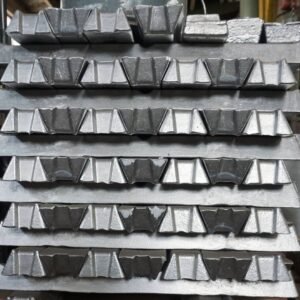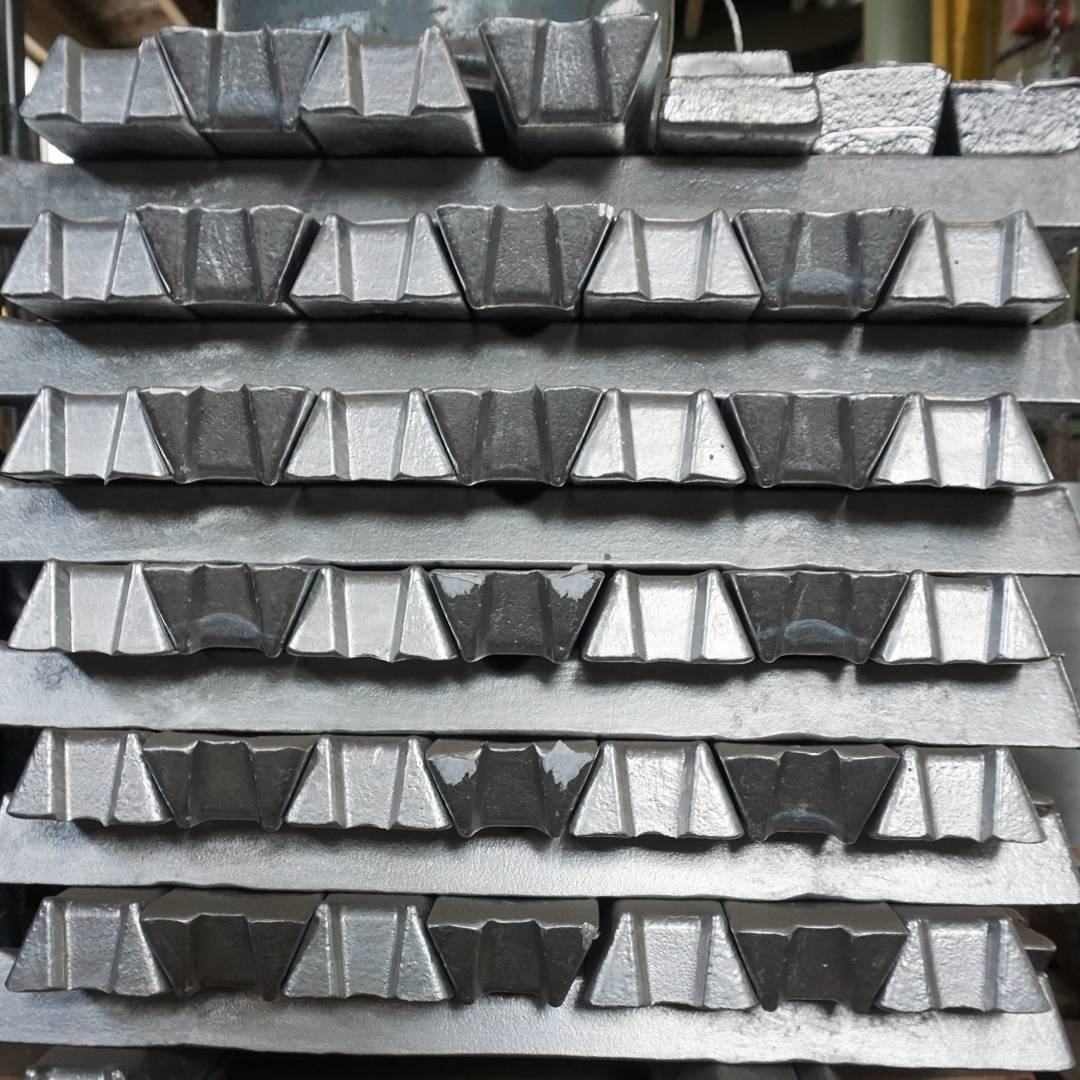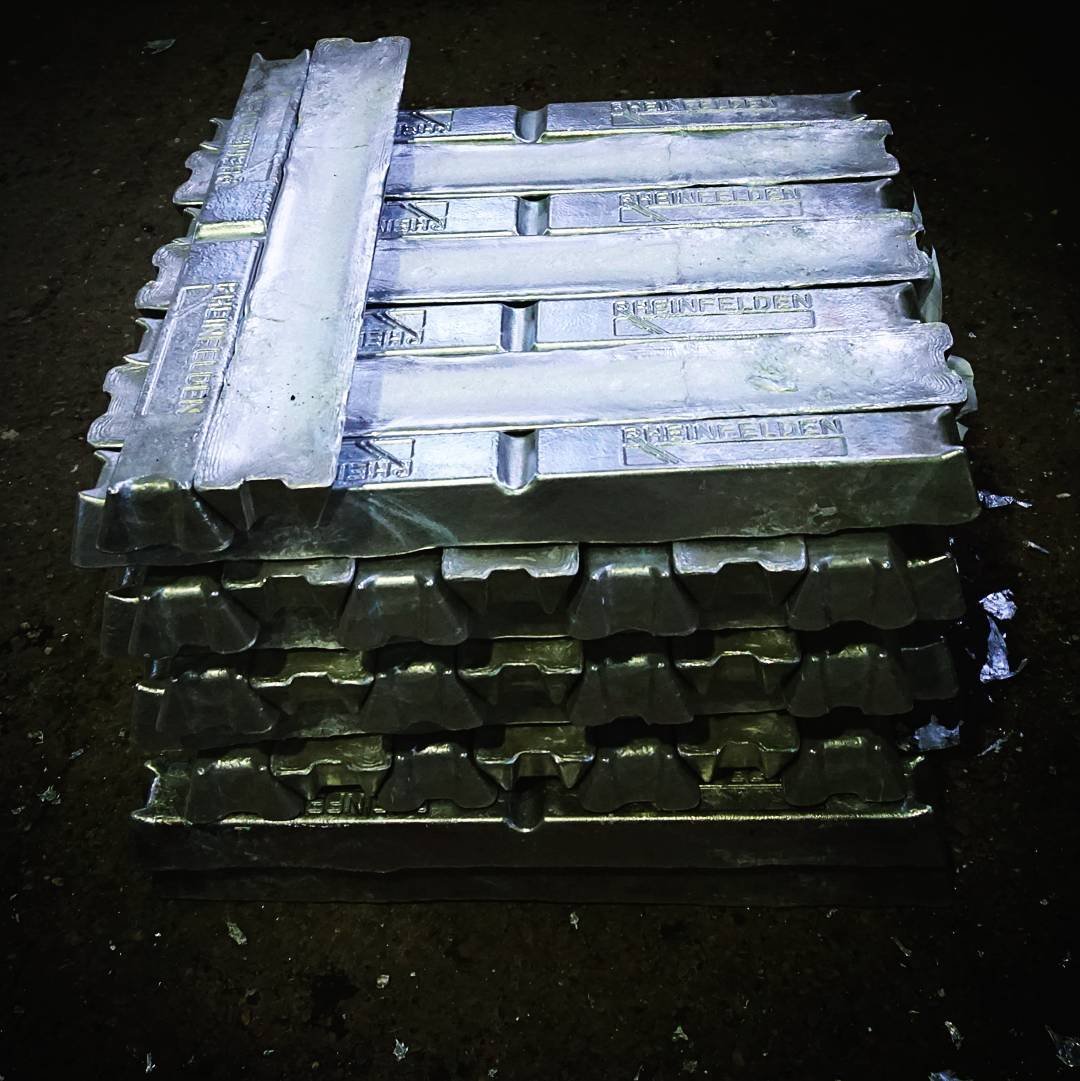They are a versatile and widely used material in various industries due to their exceptional properties and applications. In this comprehensive guide, we will explore the production process, applications, and market trends of aluminium bars. From its extraction to the final product, we will delve into the intricate details of this valuable material. So, let’s dive in and discover the world..
Section 1: Understanding Aluminium Extraction
1.1 The Process of Aluminium Extraction
Aluminium extraction involves a series of steps that transform bauxite ore into pure aluminium. Bauxite, the primary source of aluminium, is a reddish-brown rock containing aluminium hydroxide minerals. The extraction process starts with the mining of bauxite ore, typically found in tropical and subtropical regions.
Once the bauxite ore is mined, it undergoes a refining process called the Bayer process. In this process, the bauxite is crushed and mixed with a solution of sodium hydroxide. The mixture is then heated and pressurized to dissolve the aluminium hydroxide, leaving behind impurities.
The resulting liquid is filtered to remove the impurities and then cooled, causing the aluminium hydroxide to crystallize. These crystals are then heated to produce alumina, a white powder consisting of aluminium oxide. The alumina is then smelted using the Hall-Héroult process to obtain pure aluminium metal.

1.2 Primary Aluminium Production
Primary aluminium production involves the electrolytic reduction of alumina in a smelting furnace. The alumina is dissolved in a molten cryolite electrolyte and then subjected to a high electric current. This process, known as electrolysis, causes the aluminium ions to migrate to the cathode, where they are reduced to molten aluminium.
The molten aluminium is then tapped from the furnace and cast into large blocks called ingots. These ingots serve as the raw material for various aluminium products, including. The purity of the aluminium obtained through primary production is typically around 99.5% to 99.9%.
Section 2: Types and Properties
2.1 Alloy Composition
they can be produced from various aluminium alloys, each offering unique properties and characteristics. Some commonly used aluminium alloys for bars include:
- 6061-T6: This alloy is known for its excellent corrosion resistance and high strength-to-weight ratio. It is widely used in structural applications, such as aerospace components and bicycle frames.
- 7075-T6: With high strength and good fatigue resistance, this alloy is commonly used in applications requiring high-performance, such as aircraft structures and sporting equipment.
- 2024-T3: Known for its high strength and good machinability, this alloy is often used in aerospace applications, including aircraft fuselages and wings.
2.2 Physical and Mechanical Properties of Aluminium Bars
they exhibit a range of physical and mechanical properties that make them suitable for diverse applications. Some key properties include:
- Lightweight: Aluminium has a low density, making aluminium bars significantly lighter than steel bars of similar dimensions.
- Corrosion Resistance: Aluminium forms a protective oxide layer on its surface, providing excellent resistance to corrosion in various environments.
- High Strength: Aluminium alloys can be engineered to possess high strength, allowing them to withstand heavy loads and structural stresses.
- Thermal Conductivity: Aluminium has excellent thermal conductivity, making it suitable for applications requiring heat dissipation, such as heat sinks.
- Electrical Conductivity: Aluminium exhibits good electrical conductivity, making it an ideal choice for electrical and electronic applications.
Section 3: Production and Processing of Aluminium Bars
3.1 Casting Aluminium Bars
The production of these typically begins with the casting process. Molten aluminium obtained from smelting is poured into molds to form ingots or billets. These ingots or billets are then heated and further processed to produce aluminium bars of various shapes and sizes.
3.1.1 Continuous Casting
Continuous casting is a widely used method for producing . In this process, molten aluminium is continuously poured into a water-cooled mold, where it solidifies and forms a continuous length of metal. The solidified metal is then continuously pulled through rollers to achieve the desired shape and dimensions.
3.1.2 Direct Chill Casting
Direct chill casting is another common method for casting aluminium bars. In this process, molten aluminium is poured into a water-cooled mold, where it gradually solidifies from the outside inward. The resulting ingot is then further processed to produce .
3.2 Extrusion of Aluminium Bars

Extrusion is a popular method for shaping into various profiles and dimensions. In this process, heated aluminium billets are forced through a specially designed die using a hydraulic or mechanical press. The die imparts the desired shape and cross-section to the extruded aluminium, resulting in a continuous length of aluminium bar.
Extruded can have a wide range of shapes, including round, square, rectangular, and custom profiles. This versatility makes extrusion an ideal process for producing complex geometric configurations.
3.3 Surface Treatment and Finishing
After the production and shaping processes, aluminium bars may undergo various surface treatments and finishing techniques to enhance their appearance, durability, and performance. Some common surface treatments include:
- Anodizing: Anodizing is an electrochemical process that forms a protective oxide layer on the surface of aluminium bars. This layer improves corrosion resistance and allows for the application of decorative finishes.
- Powder Coating: Powder coating involves applying a dry powder to the surface of aluminium bars and then curing it to create a durable and attractive finish. Powder coatings offer a wide range of colors and textures.
- Polishing and Brushing: Polishing and brushing techniques are used to achieve a smooth, reflective surface on aluminium bars. These processes enhance the aesthetic appeal of the bars and can be combined with other surface treatments.
Section 4: Applications of Aluminium Bars
They find extensive use across various industries due to their unique combination of properties. Some common applications of aluminium bars include:
4.1 Construction and Architecture
They are widely used in the construction and architecture industry for various structural and decorative purposes. They are used in the fabrication of window frames, curtain walls, railings, and structural components. The lightweight nature of makes them particularly suitable for applications where weight reduction is essential.
4.2 Automotive Industry
Aluminium bars play a crucial role in the automotive industry, where lightweight materials are in high demand to improve fuel efficiency and reduce emissions. Aluminium bars are used in the production of engine components, chassis and suspension systems, and body panels.
4.3 Electrical and Electronics
The excellent electrical conductivity of aluminium makes it an ideal choice for electrical and electronic applications. Aluminium bars are used in the production of busbars, conductors, heat sinks, and electrical connectors. Their high thermal conductivity also makes them suitable for heat dissipation in electronic devices.
4.4 Marine and Aerospace
Due to their corrosion resistance and high strength-to-weight ratio, aluminium bars are extensively used in the marine and aerospace industries. They are used in the construction of ship structures, aircraft frames, and other components that require lightweight materials with excellent performance in harsh environments.
4.5 Industrial Equipment and Machinery
Aluminium bars find applications in various industrial equipment and machinery, such as conveyor systems, material handling equipment, and industrial robots. Their versatility, strength, and corrosion resistance make them suitable for diverse industrial applications.
Section 5: Market Trends and Outlook
The global market for aluminium bars is witnessing significant growth due to the increasing demand across various industries. The growing emphasis on lightweight materials, energy efficiency, and sustainability is driving the adoption of aluminium bars in numerous applications.
5.1 Regional Market Analysis
The market for aluminium bars is geographically diverse, with several regions contributing to its growth. Some key regional markets for aluminium bars include:
- Asia-Pacific: The Asia-Pacific region, particularly China and India, is experiencing substantial growth in the consumption of aluminium bars due to rapid industrialization, infrastructure development, and automotive production.
- North America: The North American market for aluminium bars is driven by the automotive, aerospace, and construction industries. The demand for lightweight materials and energy-efficient solutions is fueling the growth in this region.
- Europe: Europe is a prominent market for aluminium bars, with strong demand from the automotive, construction, and electrical sectors. The focus on sustainable and eco-friendly solutions is driving the adoption of aluminium bars in this region.
5.2 Market Challenges and Opportunities
While the market for aluminium bars is promising, there are certain challenges that need to be addressed. These include fluctuating raw material prices, environmental concerns related to the extraction and production of aluminium, and increasing competition from alternative materials.
However, there are also significant opportunities in the market, driven by technological advancements, innovation in production processes, and the development of new applications. The increasing focus on renewable energy, electric vehicles, and sustainable construction practices presents promising avenues for the growth of the aluminium bars market.
5.3 Future Trends and Developments
The future of the aluminium bars market is expected to be shaped by several key trends and developments. These include:
- Advancements in Alloy Design: Research and development efforts are focused on developing new aluminium alloys with enhanced properties, such as higher strength, improved corrosion resistance, and better formability. These advancements will expand the application potential of aluminium bars.
- Increased Adoption of Recycling: The aluminium industry is increasingly embracing recycling practices to minimize environmental impact and reduce the reliance on primary aluminium production. The recycling of aluminium bars and other aluminium products will play a crucial role in achieving a circular economy.
- Integration of Smart Technologies: The integration of smart technologies, such as sensors and IoT devices, in aluminium bars is expected to enable real-time monitoring, predictive maintenance, and enhanced performance. This will open up new possibilities for the use of aluminium bars in advanced applications.
The aluminum alloy rod/bar is widely used in mold, shoes, machinery, electronics, automotive, aviation, shipping industries, etc.
The available alloys & temper and specifications:
| Alloy | Temper | Rod | Square bar | Flat bar | Hexagon bar | ||
| Diamm | Edgemm | Heightmm | Widthmm | Inscribed Dia mm | |||
| Extruded bar | 1070
1060 1100 3003 5052 5083 5086 |
O H112 | 6
| 300 |
5-100 | 3.0
| 115 |
10
| 310 |
5-100 |
| 2024 | O T4 | 6-300 | 5-100 | 3.0
| 115 |
10
| 310 |
5-100 | |
| 2014
2618 6061 7075 |
O F | 6-300 | 5-100 | 3.0
| 115 |
10
| 310 |
5-100 | |
| T6 | 6-150 | ||||||
| T651 | 6-120 | ||||||
| 2219 | O | 6-300 | 5-100 | 3.0
| 115 |
10
| 310 |
5-100 | |
| T3510T3511 | 6-120 | ||||||
| Cold finished (Drawn) bar | 1060 | H14 | 6-40 | ||||
| 1100 | O H112 H14 F | 6-40 | |||||
| 2014 | O
T4 T451 T6 T651 |
6-25 | |||||
| 2024 | O
T4 T351 |
6-20 | |||||
| 3003 | O
H112H14 F |
6-35 | |||||
| 6061 | O
T6 |
6-30 | |||||
| 7075 | O
T6 |
||||||




Reviews
There are no reviews yet.